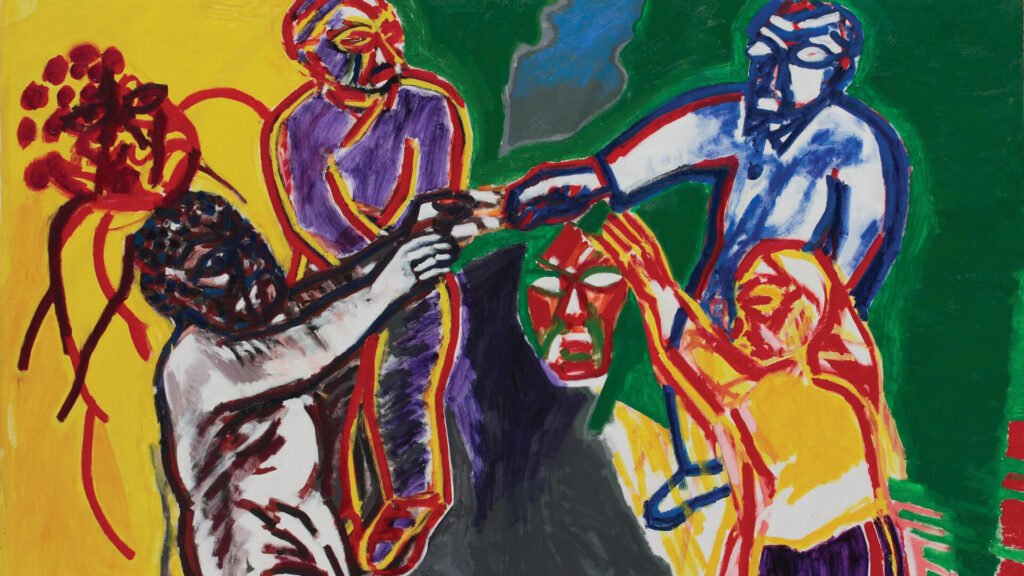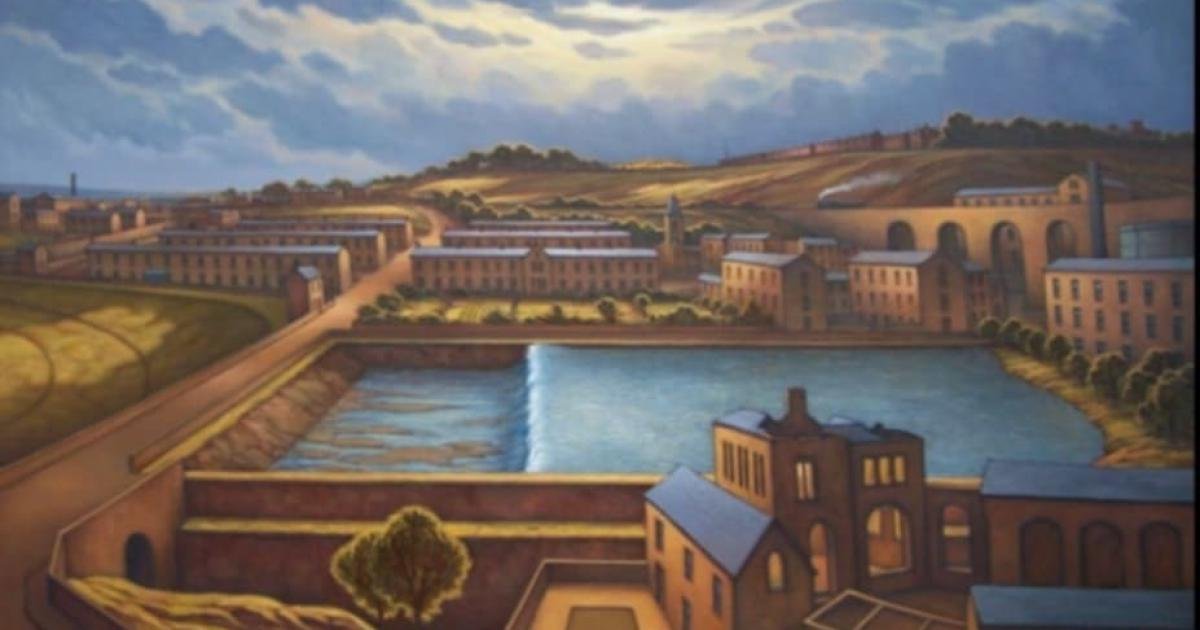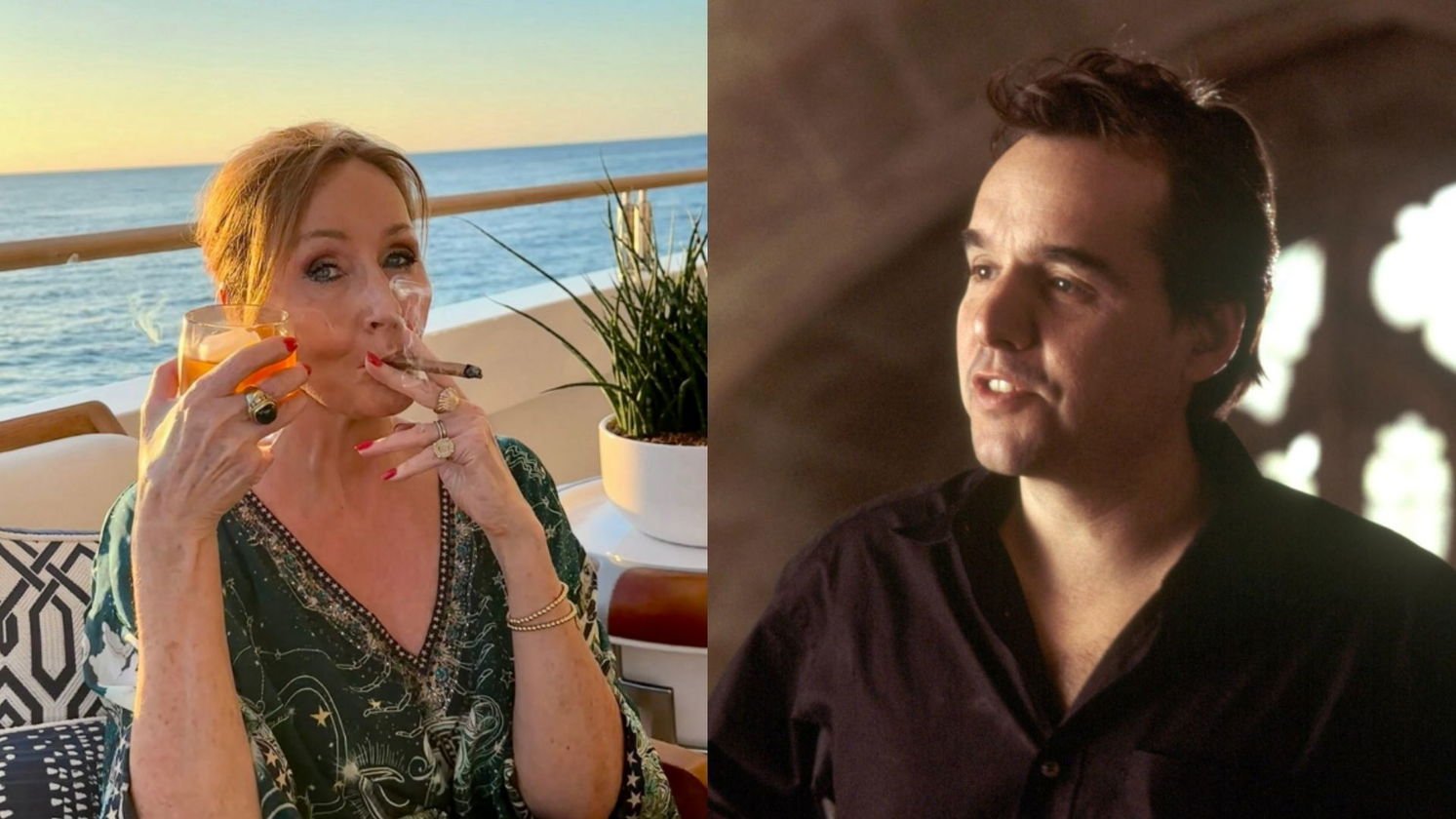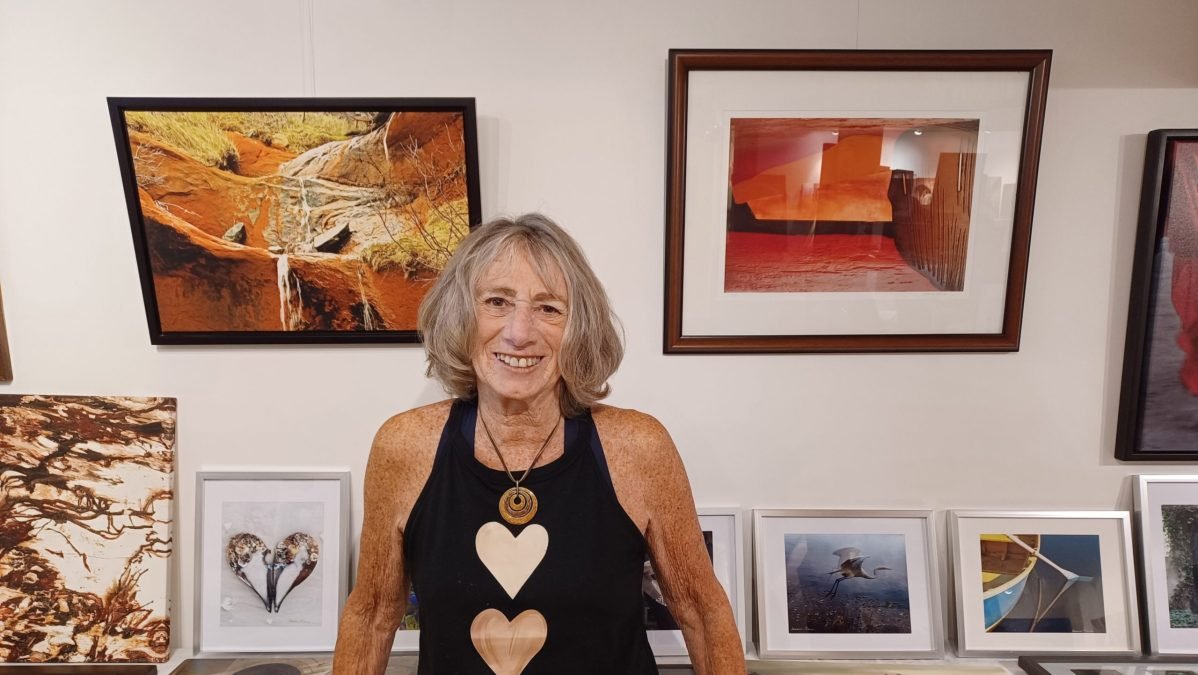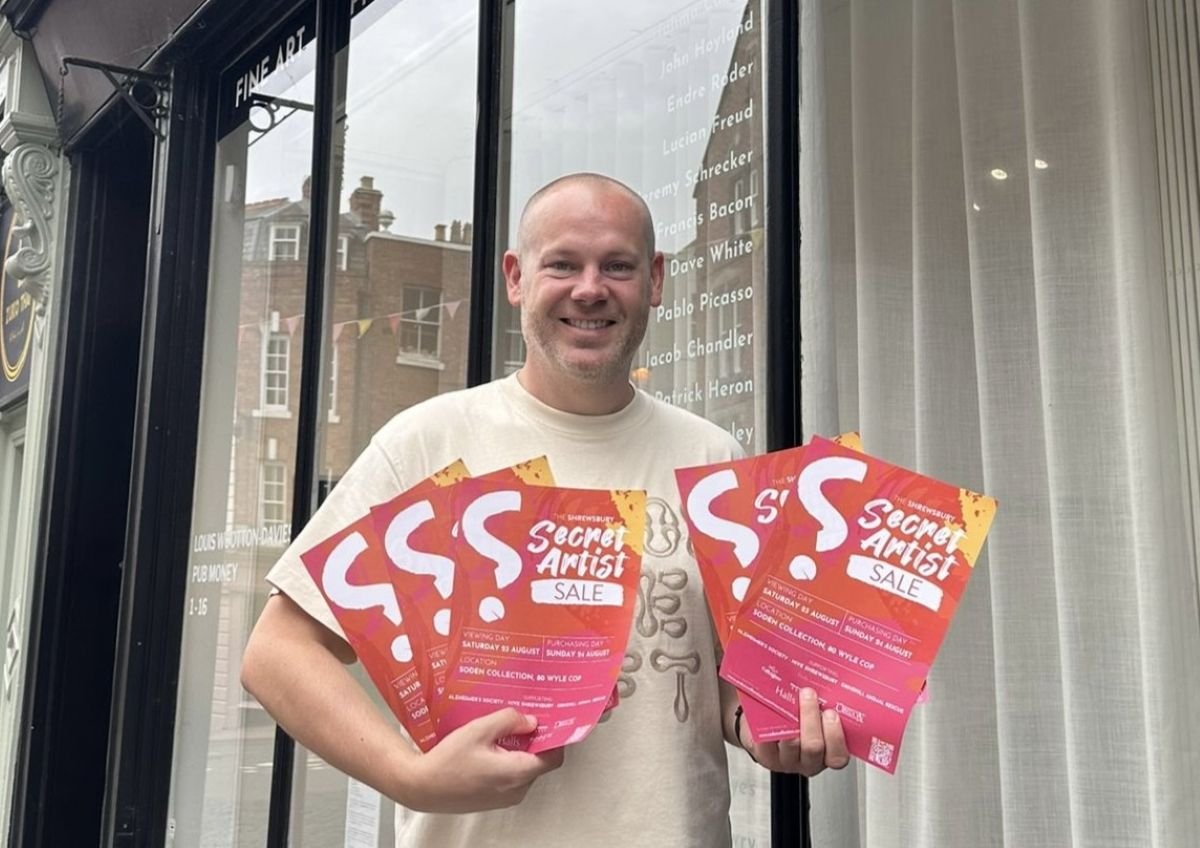Art Sonje Center in Seoul, South Korea, is currently presenting part one and part two of the three-part survey exhibition Suh Yongsun: My Name is Red (July 15–October 22, 2023). Yongsun is a revered Korean artist whose practice explores modernity in Korea, and in this exhibition his work is organised through a framework of “people-city-politics-history-art.” While the artist’s significance has long been established within South Korea, the centre’s show introduced Yongsun to a more global audience by intersecting Frieze Seoul, which ran from September 6-9, 2023.
Sunjung Kim, the artistic director of the private museum, says that Yongsun is an important figure within the contemporary Korean art scene, “Unlike the monochromatic palette prevalent in the Dansaekhwa painting movement, Yongsun embarked on a quest to discover a uniquely Korean colour spectrum, which he skilfully incorporated into his artistic endeavours. His interests in Korean history combined with his artistic expressions is visually conveyed through his use of imagery, exemplifying the social impact and discourse of art.” The Dansaekhwa art movement that Kim references often explored ecology and the cosmos through a blend of figuration and abstraction and gained prominence in the mid-70s, about half a decade before Yongsun began making inroads into South Korea’s art discourse with his more earthly preoccupations.
The curator, Jang Un Kim adds some nuance to the artist’s work in a curatorial essay, explaining that Yongsun art has channelled his emotions towards the divisive world we share. The artist expresses himself through his work, while maintaining a distance from any one contemporary art movement or political camp.
As the art exhibition’s title suggests, Yongsun’s use of the colour red is a bedrock of his artistic practice across sculpture, drawing and especially his paintings. The contemporary artist says: “It represents the emotions and anger or resistance towards inherently illogical issues, and the determination to see the world transparently.” Yongsun’s liberal application of red paint in the social art he creates is also meant to capture the attention of audiences, such that his works, and by extension the artistic medium as a whole, reverberate through their consciousness.

My Name is Red at Art Sonje Center is built around the desire to create a “pictorial space”, Kim says: “Previous exhibitions of Suh Yongsun’s work were organised either by grouping the artist’s thematic studies or by presenting them in separate exhibition formats tailored to different media, including painting, sculpture art, drawing or portrait and landscape history. However, we believed this approach did not provide a comprehensive understanding of the artist’s painting world.” Hence, as mentioned earlier, the curation categorised Yongsun’s works through a framework of “people-city-politics-history-art.” Kim continues, “Traditionally, in painting exhibitions, artworks are typically hung on walls for viewers to appreciate individually. However, the goal of this exhibition was to craft a new, immersive experience where Suh Yongsun’s paintings engage in a meaningful dialogue with one another.”

Visitors to My Name is Red are encouraged to walk through this pictorial space, immersing themselves completely in the artist’s world as they move about, and imagine the relationships between works from across his oeuvre. Through this extensive presentation one can experience the evolution of a prolific artist and, for audiences that are uninitiated to Yongsun’s practice, will be brought face-to-face with a highly original aesthetic.
For his part, Yongsun, now 70, is not content to rest on his laurels. The painter, whose important practice stems from his drive to experience the world and to then let his art reflect his lived experiences, ends his interview by looking to his future: “I would like to delve deeper into my current understanding of art and further experiment, to reinterpret and broaden my past experiences.”

